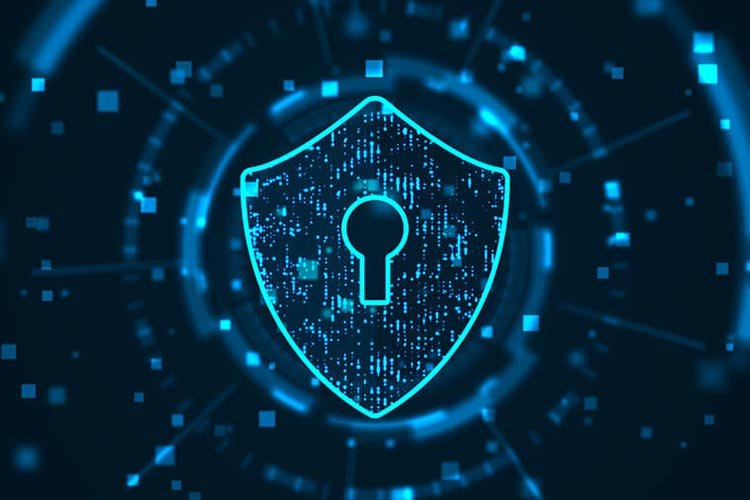
Introduction
A rapid, well‑coordinated response limits damage, preserves evidence, and speeds recovery. This guide provides a practical sequence of actions for teams to follow immediately after detecting a cyber attack, through containment, recovery, and lessons learned.
- Activate the incident response plan
- Notify the incident response (IR) team and senior stakeholders per the runbook.
- Declare incident severity and escalate to executive/Legal/PR/Compliance as defined.
- Open an incident channel (secure chat, war‑room) and assign clear roles: incident commander, forensic lead, communications, legal, and technical owners.
- Triage and contain (first 1–24 hours)
- Isolate affected systems to prevent lateral movement (network segmentation, block IPs, disable compromised accounts).
- Preserve volatile evidence: capture memory, disk images, relevant logs, and network captures.
- Disable backdoors and external access points discovered during triage (but avoid disruptive eradication before forensics).
- Implement short‑term mitigations: firewall rules, ACLs, halt automated syncs to backups if they risk encryption.
- Assess scope and impact
- Identify initial access vector (phishing, RDP, vulnerability) and list all affected assets, users, and data stores.
- Determine business impact levels: systems down, data exfiltrated, regulatory exposure, customer impact.
- Triage sensitive data exposure and prioritize containment of systems holding critical or regulated data.
- Engage external partners (as needed)
- Contact legal counsel and cyber insurance contacts to understand obligations and coverage.
- Engage experienced digital forensics/IR vendors if internal capacity is limited or legal/regulatory complexity exists.
- Notify law enforcement where applicable (depending on jurisdiction and incident type).
- Communicate carefully and compliantly
- Follow preapproved communication templates; avoid releasing speculative technical details.
- Notify internal teams and affected business units with actionable instructions (e.g., change passwords, disconnect devices).
- Prepare external notifications as required by law (breach notification rules) and by contractual obligations; coordinate PR and legal for customer messaging.
- Eradicate and remediate (after containment & evidence collection)
- Remove malware, close exploited vulnerabilities (patch, disable services), and rotate compromised credentials and keys.
- Rebuild or restore affected systems from known‑good images or verified backups; avoid reintroducing compromised artifacts.
- Harden systems: apply least privilege, enable MFA, tighten logging and monitoring, and close exposed remote access channels.
- Recover operations safely
- Restore services incrementally, prioritizing critical business functions; validate integrity before returning systems to production.
- Monitor restored systems for recurrence using enhanced detection rules and increased telemetry.
- Extend heightened monitoring period (days to weeks) to detect residual access or secondary actions.
- Conduct forensic analysis and evidence handling
- Complete a root‑cause analysis documenting timelines, attack techniques, indicators of compromise (IOCs), and scope.
- Preserve chain‑of‑custody for legal or regulatory purposes.
- Share vetted IOCs with detection teams and threat intelligence stakeholders.
- Post‑incident review and remediation plan
- Run a post‑mortem with technical and business stakeholders to identify gaps in controls, processes, and detection.
- Produce a prioritized remediation roadmap with owners, deadlines, and measurable success criteria.
- Update the incident response plan, playbooks, and runbooks based on lessons learned.
- Regulatory, contractual, and customer obligations
- Complete required breach notifications and regulatory filings within mandated windows.
- Provide remediation attestations or forensic summaries to affected customers or partners as contracted.
- Track and document all actions for audits and potential legal proceedings.
- Rebuild resilience and prevention controls
- Harden environments: patching cadence, identity controls (MFA, privileged access management), network segmentation, and endpoint protections (EDR).
- Improve visibility: centralize logs, enable threat hunting, and tune SIEM/alerts.
- Run tabletop exercises and red team engagements to validate improvements and staff readiness.
- Employee support and training
- Provide guidance for employees impacted (credential resets, device replacements).
- Increase targeted training (phishing simulations, privileged user awareness) based on the incident vector.
- Share lessons externally (where appropriate)
- Contribute anonymized IOCs and TTPs to trusted communities/ISACs to help others defend against the same adversary.
- Publish a transparent post‑incident summary for customers if it supports trust and complies with legal advice.



Conclusion
Effective post‑attack handling balances speed, evidence preservation, and careful communication. Follow a repeatable IR process: detect, contain, analyze, eradicate, recover, and learn. Preparedness—documented playbooks, tested backups, and practiced response teams—turns incidents from crises into manageable events.
- Tags:
- Cyber Hygiene